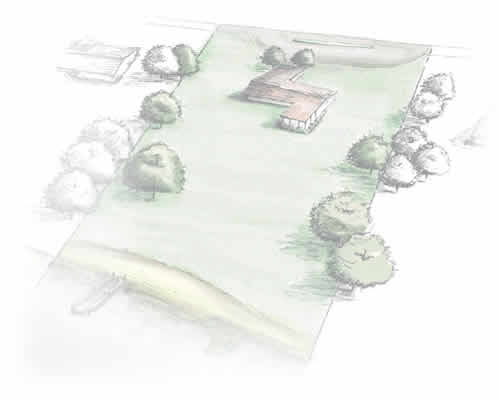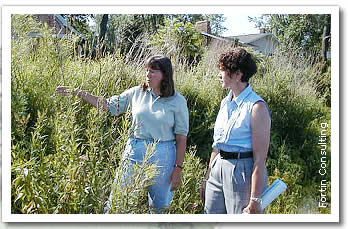| |
|
 |
Benchmarks A good way to understand your own shoreline is to look at undeveloped shorelines with native vegetation around your lake or other lakes in the region. This will provide a benchmark for planning your project. Take a camera and a notebook with you on your scouting trips to record your observations. Vary your perspective, sometimes walking along the shoreline, sometimes scanning the area from the vantage of a boat. Good public places to visit as reference sites include state parks, natural areas, and nature preserves. Wherever you go, look for:
|
